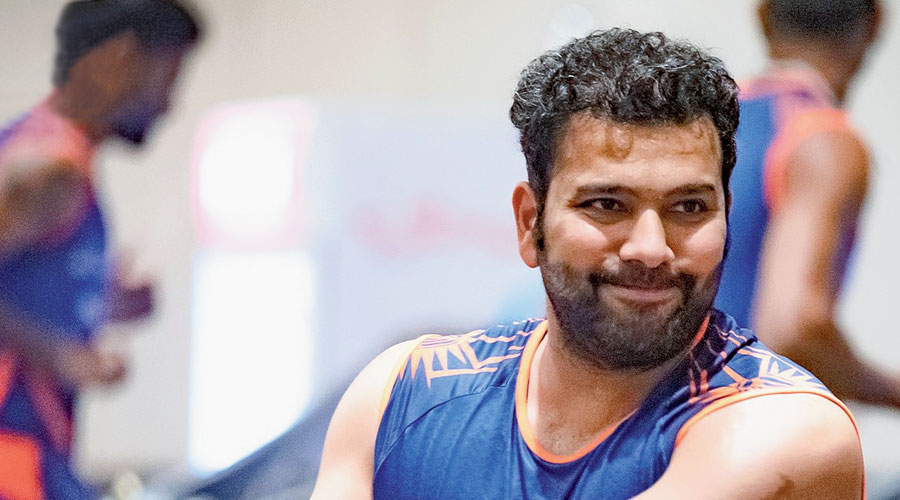The Indian team management has decided to follow all bio-security protocols laid down by Cricket Australia upon reaching Sydney as they begin their preparations from Tuesday for the third Test.
This comes a day after the team management aired their reservations following a fresh set of guidelines which restricted their movements inside the team hotel. Their stance though changed once they realised the gravity of the situation in Sydney, which has seen a spurt in Covid-19 cases in the last few days.
With the four-match series tantalisingly poised at 1-1, the Indians have decided to focus on the Test, scheduled to begin on Thursday.
Sources have confirmed to The Telegraph that stand-in vice-captain Rohit Sharma is set to open the innings with Shubman Gill. Mayank Agarwal, who was the opener in the first two Test matches, will have to sit out.
The team management is happy with Rohit’s fitness and form during the few sessions he had in Melbourne and wants him to provide stability and experience at the top of the order. Mayank had scores of 17, 9, 0 and 5 in the first two Tests prompting even Sunil Gavaskar to highlight technical flaws in his new stance.
It is more or less certain that Hanuma Vihari will keep his place in Sydney since he enjoys the confidence of the team management. However, it is undecided who will replace Umesh Yadav in the XI.
“Navdeep Saini and Mohammed Siraj stand a good chance. Siraj provides more variations but a final decision will be taken after judging them at nets in Sydney,” a source said.
The Indians heaved a sigh of relief after the entire contingent tested negative for the virus, the results for which were available on Monday. Another round of tests is expected before the Test begins.
The ‘investigation’ into whether five players — Rohit, Rishabh Pant, Shubman, Prithvi Shaw and Saini — breached any protocol while dining out inside a restaurant in Melbourne is also presumed to have ended with all the tests returning negative.
Both the teams and match officials are staying at the InterContinental in Sydney, overlooking the Sydney Opera House and Harbour Bridge. No guests have been allowed on the teams’ floors and permission hasn’t been granted for the players’ walk-arounds or eating outdoors. However, they won’t be confined to their rooms alone and can move around on the team floors.
Sydney had hosted two ODIs and two T20Is earlier but the situation is much different now. Cricket Australia’s decision to limit crowd capacity to 25 per cent at the Sydney Cricket Ground, however, hasn’t gone down well with the Indians who feel that allowing spectators inside the stadium could pose a threat of virus transmission.
The differences over protocols have been simmering since the team landed in Sydney on November 12 from the UAE where they had been in a bio-bubble for the IPL for over two-and-a-half months.











